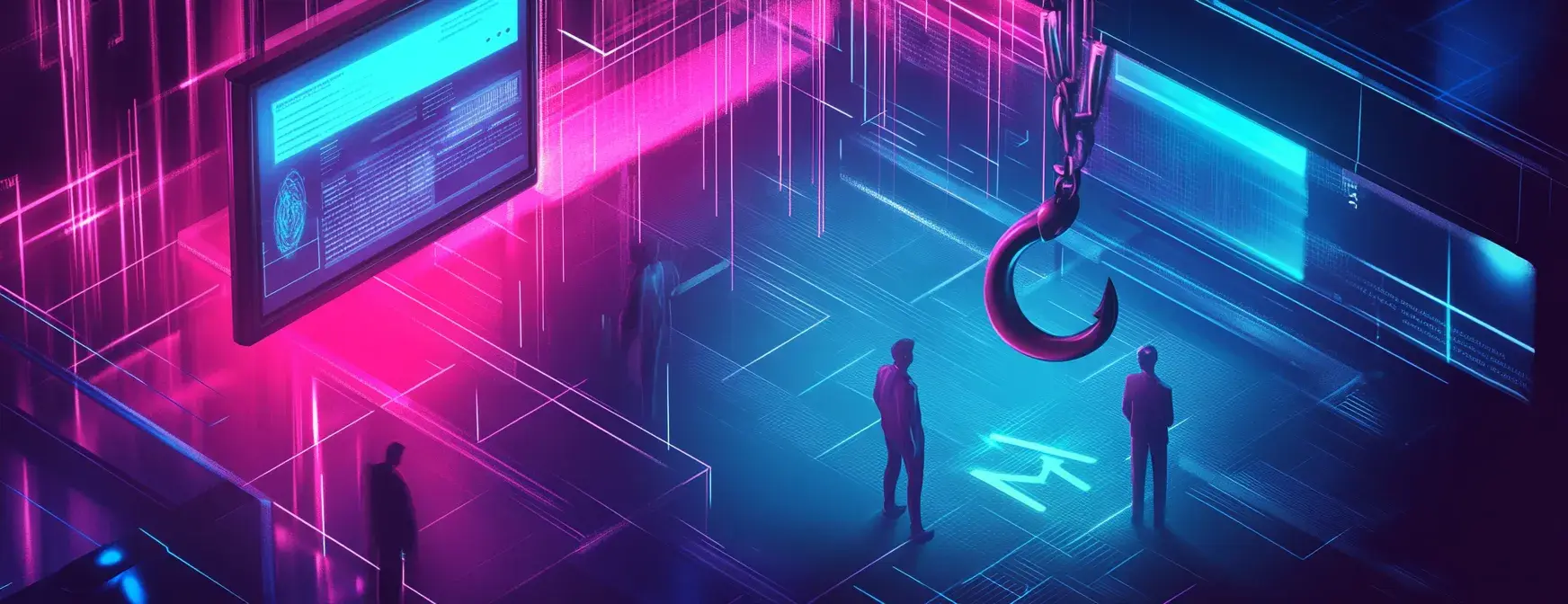Share this
Class in Session: 5 Reasons You Need Content Filtering For Your Schools
by Serena Raymond on Apr 23, 2020 12:00:00 AM
When it comes to content filtering, schools have very unique requirements. Not only do they need to restrict access to certain websites, but they need to restrict that access on devices they do and don’t control. And sometimes? Those devices they own leave the premises.
In this blog post, I’m going to take a look at why content filtering for schools is necessary.
Why is content filtering for schools a necessity?
CIPA compliance
We’ve covered CIPA compliance in the past, but we’ll go over it briefly here.
CIPA stands for “Children’s Internet Protection Act,” and its goal is to block students from accessing harmful or obscene content over the internet. This usually refers to content that contains violence and pornography.
Implementing content filtering that follows CIPA’s guidelines ensures CIPA compliance. And this is necessary for a lot of schools (and libraries) as it impacts funding.
But CIPA isn’t the only reason schools should be using content filtering. So even if a school is not seeking E-rate funding, they should still enable filtering.
Get the CIPA Compliance Checklist to make sure your organization is compliant.
Help curb cyberbullying
Over 30% of students in the U.S. have experienced bullying. While cyberbullying happens less frequently than physical bullying, it is a growing phenomenon. And often, cyberbullying can propel in-person bullying.
Cyberbullying happens online and over text messages. And while schools can only control the situation to a point, they can help kids that might be prone to cyberbullying feel more secure while they’re at school. And that’s what school should be. Not just a place where students learn, but a place where they feel safe enough to learn.
Nearly 10% of middle school students in the U.S. have been bullied via email or on a public blog.
Schools can put content filtering in place to block public (and personal) blogs, chat clients, and forums where cyberbullying occurs.
Obviously content filtering won’t stop cyberbullying altogether, but it is a good measurement to have in place. As few as 20% of students actually report being bullied to an adult. And there are certainly students who are only bullied at school when they’re on other students’ minds.
In situations where students are allowed to take home a school-issued device, this also protects students after school hours.
Bullying awareness and education is important for the school to tackle, but content filtering is one step they can take to help minimize the impact of bullying on their school system.
Keep students on-task
Everyone gets distracted. But pre-teens and teenagers take the cake. And computers are becoming a classroom staple. They’re necessary for students to learn, but they also provide an opportunity for students to goof off.
Content filtering for schools can block entertainment and gaming websites, as well as streaming sites, that students might attempt to visit during classroom hours. Schools can even schedule filtering policies so that after hours, students are allowed to browse magazine websites. But this helps prevent distractions from happening in the classroom.
Protecting students from outside risks
This isn’t just about blocking malware and phishing websites. Content filtering can certainly do that and protect students from handing over private information.
But content filtering can also protect young students from online predators. Again, blocking forums, blogs, and chat clients helps to reduce the likelihood of an online predator finding a student through a school computer.
It also means a student doesn’t inadvertently share their location with a stranger by engaging in a dangerous conversation.
Similar to cyberbullying, content filtering is not a complete solution for online predators, but it is another precaution that schools can put in place to help students (and their parents) feel safer.
Gives the school visibility into what students access
Sometimes it’s not enough to block certain sites. Kids are creative. They’ve actually grown up on computers in a way that most of us haven’t.
They might be creating new websites or visiting repurposed forums. They’re quick to adopt new technologies, which means what’s popular one week might be a snore-fest the next.
So as a school, how do you keep up with the sites that you need to restrict access to?
Content filtering gives you anonymized visibility into what students are accessing so you can track trends and block sites as they become popular. It also shows you if any threats are being blocked, which may indicate students attempting to access malicious sites on school computers or you might just have a few hackers on your hands.
But if you have content filtering in place, and the content filtering is advanced enough to detect new threats, you won’t need to worry about internal security threats from students either.
DNSFilter is advanced content filtering and DNS protection that relies on AI for categorization. That means we can block new threats as they appear. If you’re looking for content filtering for schools, get a two-week free trial to see if DNSFilter is the right solution for you.
Share this
 The Best Content Filter Software Checklist: A Buyer's Guide to DNS-Level Protection
The Best Content Filter Software Checklist: A Buyer's Guide to DNS-Level Protection
Staying Ahead with Smarter Web Filtering
Across every industry and network environment, content filtering isn’t just a matter of productivity, it’s a front line of defense. From malware and phishing to compliance risks and productivity drains, the threats are real, and the stakes are high.
 Smarter DNS Policies: What You Should Be Blocking (But Probably Aren’t)
Smarter DNS Policies: What You Should Be Blocking (But Probably Aren’t)
DNS filtering is a foundational layer of defense and helps to fortify the strongest security stacks. Most organizations use DNSFilter to block the obvious: malware, phishing, and adult content. That’s a great start, but many are missing out on the broader potential of DNS policies.
 Educating Your Clients on the Sophistication of Phishing Attacks
Educating Your Clients on the Sophistication of Phishing Attacks
Imagine losing $31,583 every minute. That’s how much cybercrime cost American businesses in 2024, according to the FBI’s Internet Crime Complaint Center. Phishing was one of the top threats behind that number. If you're still thinking phishing is just about misspelled emails from a Nigerian prince, you're dangerously underestimating today’s threat.


